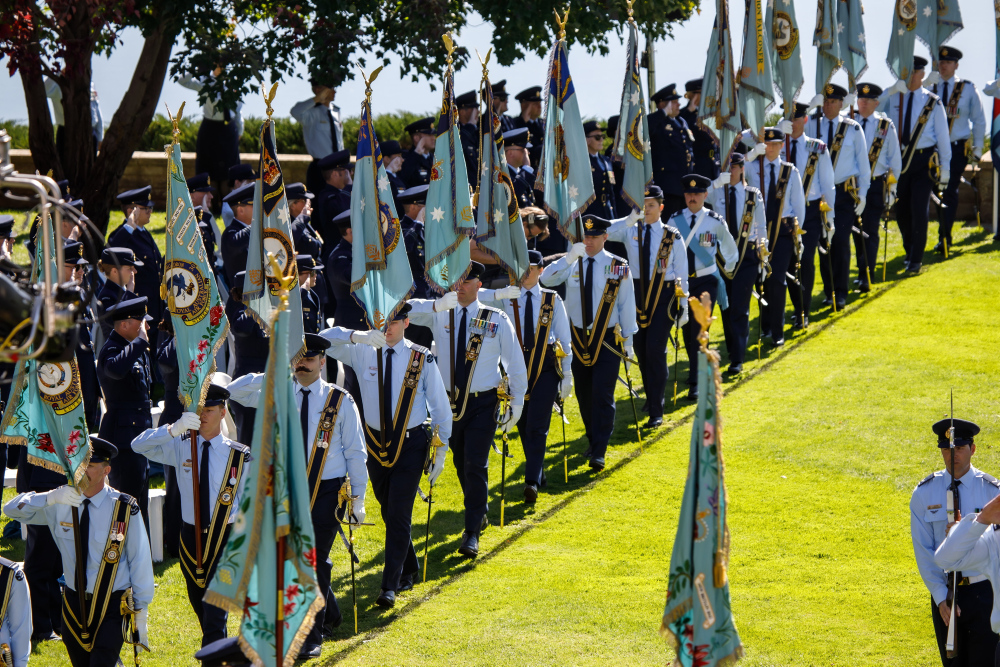I think most of us know the age-old sayings about planning…you know, the ones that say no plan survives first contact with the enemy, plans are useless but planning is indispensable, and so on. These are just as true for the latest plan to add to your collection, the Career Development Plan (CDP). This post aims to provide thoughts on a few key points that may be of use to those building or revising their CDP.
Big picture
There’s a clear link between the CDP and the modern strategic environment. In a nutshell, the RAAF needs to take a more deliberate approach in the way we build the skills, knowledge and experience of our people to ensure we’re prepared for the challenges that lay ahead in the future. Now onto the CDP…
Are they used?
Yes! CDPs are reviewed by Career Management staff and others for selections and promotions. Naturally, there are a variety of other factors that are considered in these decisions, but rest assured your CDP is definitely one of them.
Setting the scene
Whether I’m reading or building a CDP, I like to think of it as a story (the story of you). And if you want to tell a good story, it needs a logical plot and should be tailored to your audience. Start by looking at your history, telling your audience who you are and what you’ve done. Then you outline how you’ll take that history and use it to achieve your future goals.
Who are you talking to?
People reading your CDP are mostly members of Career Management Boards (selections, promotions etc) and your Career Manager (CM). As you build the CDP, imagine them reading it. You’re basically trying to convince the audience to help you achieve the next step in your career, which is geared toward your long term aspirations. If your CDP (story) isn’t clear or doesn’t make sense, your audience may not ‘buy in’ and provide the support you’re looking for.
The Editor
Building the CDP is harder than it looks. Fortunately, the form has included an extra step to help you figure everything out i.e. comments from your supervisor. Think of your supervisor as an editor whose role is to review your story and provide feedback. This step is crucial; imagine a movie that goes straight to cinemas without being edited! Once editing is complete, the supervisor can ‘promote’ your CDP, telling your audience why they should support you.
Plot twists
No one is expecting you to write one CDP and stick with it for your whole career. Life changes and so will your aspirations, and that’s perfectly fine. However, the impact of a CDP change will depend on its significance and the stage of your career. Speak with your CM if you’re planning big changes in your CDP and want to discuss their possible impact.
Dream within your means
Everyone’s career has its limits. These can be organisational (by specialisation) or they can be individual (performance, capacity etc). Be bold when articulating long-term aspirations, but also be realistic. An ‘average’ performer probably won’t be Chief of Air Force; however, there’s no reason why a high-performing officer can’t aim to be promoted. Your supervisor and CM can help you find this balance.
Reality bites
Anyone who’s been on the receiving end of a short notice posting will undoubtedly raise an eyebrow at the thought of planning out the next four postings and long-term aspirations. And that’s fair. Immediate capability requirements will always pop up. Your CM gets this and will try to limit these instances where possible.
Above all, remember your CDP is just a plan. And like all of the other plans you’ve built during your career, the real value is not so much the document you produce, but the analytical and constructive thought that has gone into it. Will you get all of the postings listed in your CDP? Hopefully, but it’s unlikely for a wide variety of reasons. If nothing else, you’ve now thought about the types of postings you’d like to achieve in order to reach your long-term goals, and that’s what really matters.




